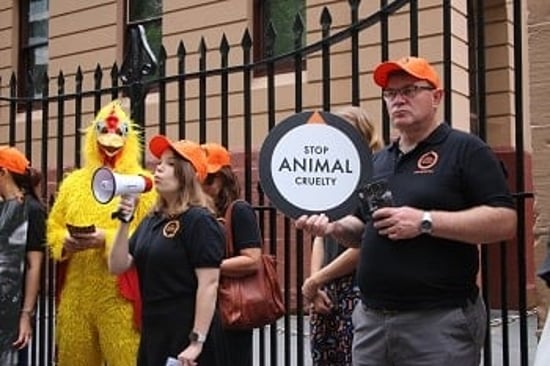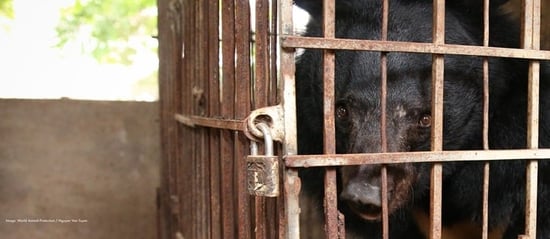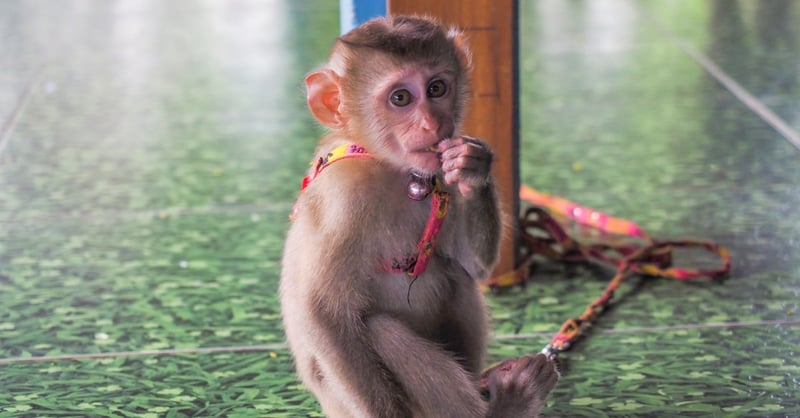
Monkey abuse: the cruelty behind social media videos
News
Macaque monkeys are bathed, dressed, and ‘rescued’ for social media content. Unfortunately, behind these supposedly cute videos, is a sad story of monkey abuse.
Images credit: SMACC
Social media is full of videos of people enjoying time with their pets. In fact, the likes of #PetTok's feel-good content is some of the most popular on the internet. Macaque monkeys were commonly found in social media videos. Unfortunately, wild animals are being caught up in this trend as ‘cute’ pets rather than the traumatised, sentient beings they really are.
SMACC's report uncovers the hidden cruelty in monkey videos
The Social Media Animal Cruelty Coalition (SMACC) — a collaboration of various animal protection organisations, including World Animal Protection — investigated over 1,200 seemingly innocent videos. These showed videos of macaque monkeys being bathed, dressed in clothes, or ‘rescued’ that were shared across multiple social media platforms, including Facebook, YouTube, and TikTok.
Behind these supposedly cute videos is an all-too-common story of animal exploitation. The report documented over 2,800 incidents of monkey abuse and cruelty, ranging from the subtle and possibly unintentional to the deliberate and obvious.
SMACC report reveals monkey abuse hidden behind ‘cute’ videos
To create the report, SMACC volunteers searched social media sites for content related to keeping macaques as pets between September 2021 and March 2023. While some videos are seemingly innocent and possibly well-intentioned:
- over 60% of the links analysed contained overt physical abuse to these pet macaques;
- another 13% included deliberate psychological torture;
- and 12% physical abuse amounting to torture.
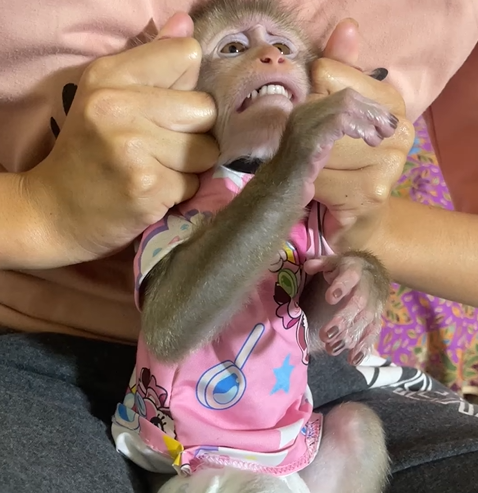
Regardless of the level of cruelty displayed, experts agree that keeping primates as pets is inherently cruel, and results in a multitude of issues that severely compromise their welfare. As such, the report concludes that ‘pet’ monkey videos — whether intentionally or not — are profoundly harmful.
Perhaps more worryingly, these videos showing people abusing monkeys were permitted to remain online by social media platforms.
With this report, SMACC seeks to collaborate with social media platforms to end the availability, spread, and profitability of cruelty content, and to ensure no benefits to its creation or promotion.
Here is what you can do to stop monkey abuse on social media:
- Please stop sharing or commenting on cruel social media content involving these wild animals. This includes commenting, even if you are aiming to educate others.
- Create your own post or share ours to highlight this issue without raising the profile of content creators who are fueling monkey abuse.
- Most importantly, please report the content to the relevant social media platform; you can also report any social media content involving macaques and more directly to SMACC.
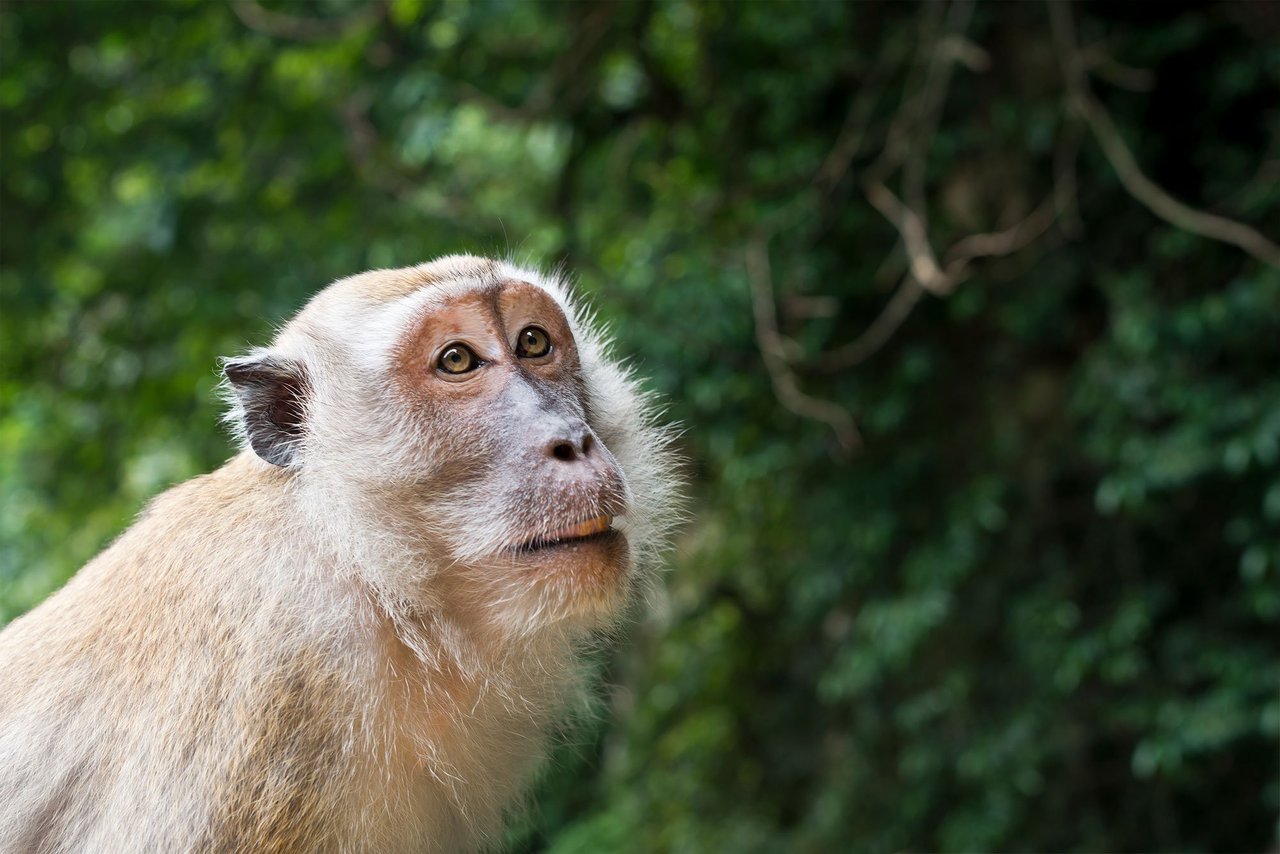
Take action
Take action today by signing our petitions and pledging to protect wildlife and farm animals.
Will you protect animals?
Every animal deserves a life worth living – from captive lions used for trophy hunting to mother pigs in cages in factory farms.
